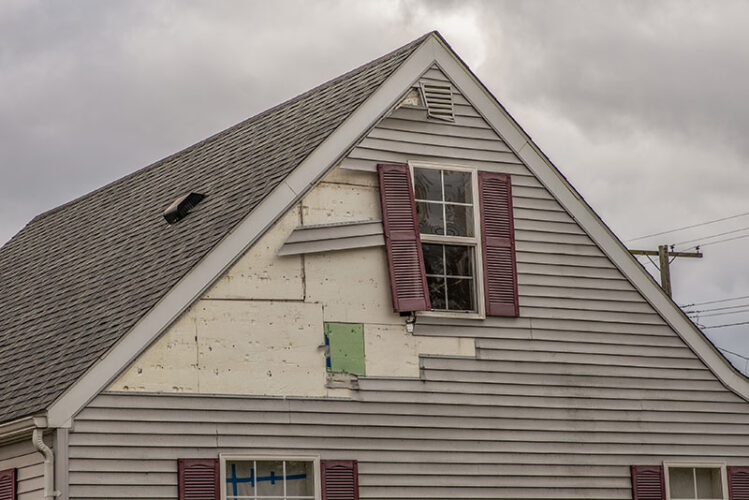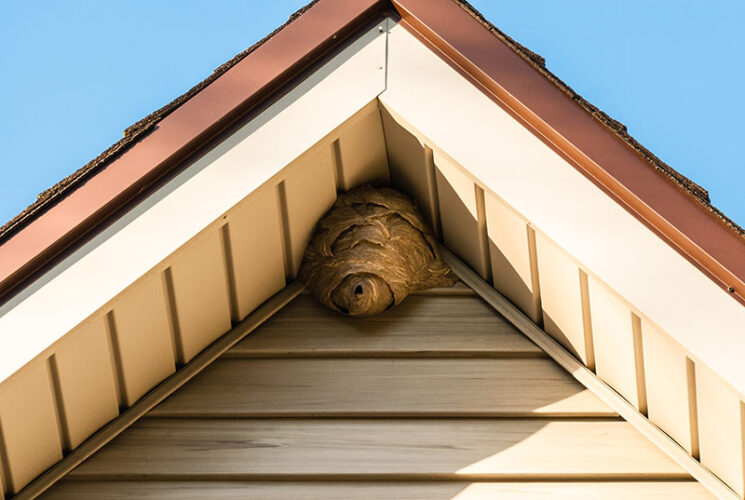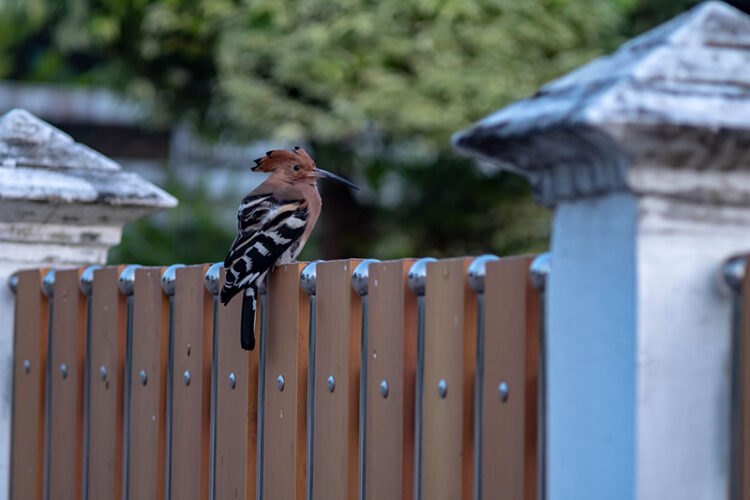How to Take Care of Your Vinyl Siding

Vinyl siding is the great mimicker of the cladding industry. It gives you the appeal of organic materials without the rot. It’s remarkably easy to maintain, but it isn’t compatible with all cleaners. It needs a gentle hand and an eye for detail.
How to preserve vinyl siding
Old siding can become brittle and cracked, particularly in chilly weather. Direct sunlight is no less destructive, causing buckling that ultimately creates leaks. Washing an uninspected surface can cause rot and black mold infestations, so never clean vinyl before checking it for damage. Some of your panels might need replacement.
Once you’ve checked for leakage, it’s best to rinse your siding before applying a cloth because debris can cause scratches. If you intend to use hazardous chemicals, make sure you have the correct PPE for the job. Safety glasses and gloves should comply with the instructions of your chemical manufacturer. In most cases, though, your vinyl shouldn’t need more than a mild, soapy solution.
Get a Free Estimate Today
50% off installation. Special financing available. See details.
Choosing detergents
The gentler your restoration strategy is, the longer your siding will last. It’s best to begin with a watery white vinegar solution to remove mild mildew and mold marks. If you’re dealing with stubborn dirt, it’s best to use a commercial siding cleaner or diluted dishwashing liquid mixed with distilled water. A soft microfiber or pure cotton cloth will keep your panels scratch-free. Once you’ve eliminated all marks, you can restore a fading surface with a layer of mineral or baby oil.
Should I use pressure washing to remove oxidation from vinyl siding?
Pressure washing lets you clean your surface without exposing it to detergents, but in unskilled hands, it can also lead to cracks and loosened panels. Aim badly, and you’ll shred your window screens, wood, and seals to boot. If you don’t know which pressure levels and nozzles to use, it’s best to hire a professional. If you’re determined to take the risk, start with the lowest pressure, and work your way up. You can reduce your damage potential by:
- Sticking to a pressure level of 1, 200 psi
- Standing the correct distance from your siding
- Testing a small area before you begin
- Choosing a low gallon-per-minute rating
- Limiting the amount of time you focus on any single area.
Soft washing is gentler alternative that can remove mildew and marks without dialing up your damage risk. It allows you to access areas that are difficult to reach and uses a low-pressure system that’s perfect for inexperienced DIY enthusiasts.
Oxidation on siding
If your siding looks faded, chalky, or dull, you might be dealing with oxidation. This problem isn’t a death sentence, though. As long as the effect hasn’t penetrated your materials, it can be removed with a mild laundry detergent.
If you live in a hard water area, your vinyl could also develop a reddish stain. These dark spots on vinyl siding can be the result of rust, which can damage your cladding permanently, so it’s best to treat them as soon as you notice them. Corrosive surfaces respond well to acidic solutions, so lemon juice or vinegar might help.
Brown spots on vinyl siding are often caused by algae and fungi. Like oxidation, they will eventually penetrate your surface, but if they haven’t eaten away your vinyl, they’re easy to remove. Serious destruction is easily avoided with annual cleaning.
Does vinyl siding fade in the sun?
Given enough years and UV exposure, your vinyl’s color will deteriorate. Faded vinyl siding usually develops 10 to 15 years after installation. Don’t mistake oxidation for sun bleaching, though. These two problems aren’t always easy to tell apart, but the latter needs to be dealt with before it destroys your surface permanently.
How to fix faded vinyl siding
Vinyl restoration products have come a long way since they were introduced to the market. These days, they can brighten a weather-worn surface well. Some property owners paint their vinyl to squeeze a few extra years out of its lifespan. Vinyl requires coatings with urethane or acrylic resins. You’ll get better results by choosing a color that’s light enough to resist warping. A bleached surface just needs a little primer and a few coats of paint.
How to restore vinyl siding
If vinegar and water don’t brighten your vinyl, a commercial restoration product or mineral oil might do the trick. Some restoration products can remove marks below the surface while offering UV protection. Self-healing products can even reverse signs of aging.
A thorough restoration job can add to the energy efficiency of your home and protect your siding from future damage. Once you’ve cleaned and restored it, all that’s left is to admire your new curb appeal.
Need help with a siding project? 1-800-HANSONS can help. Schedule a free estimate today.
Related content:
What’s the difference between aluminum and vinyl siding?
How long does vinyl siding last?
What’s the best paint for vinyl siding?
All you need to know about vinyl siding
















